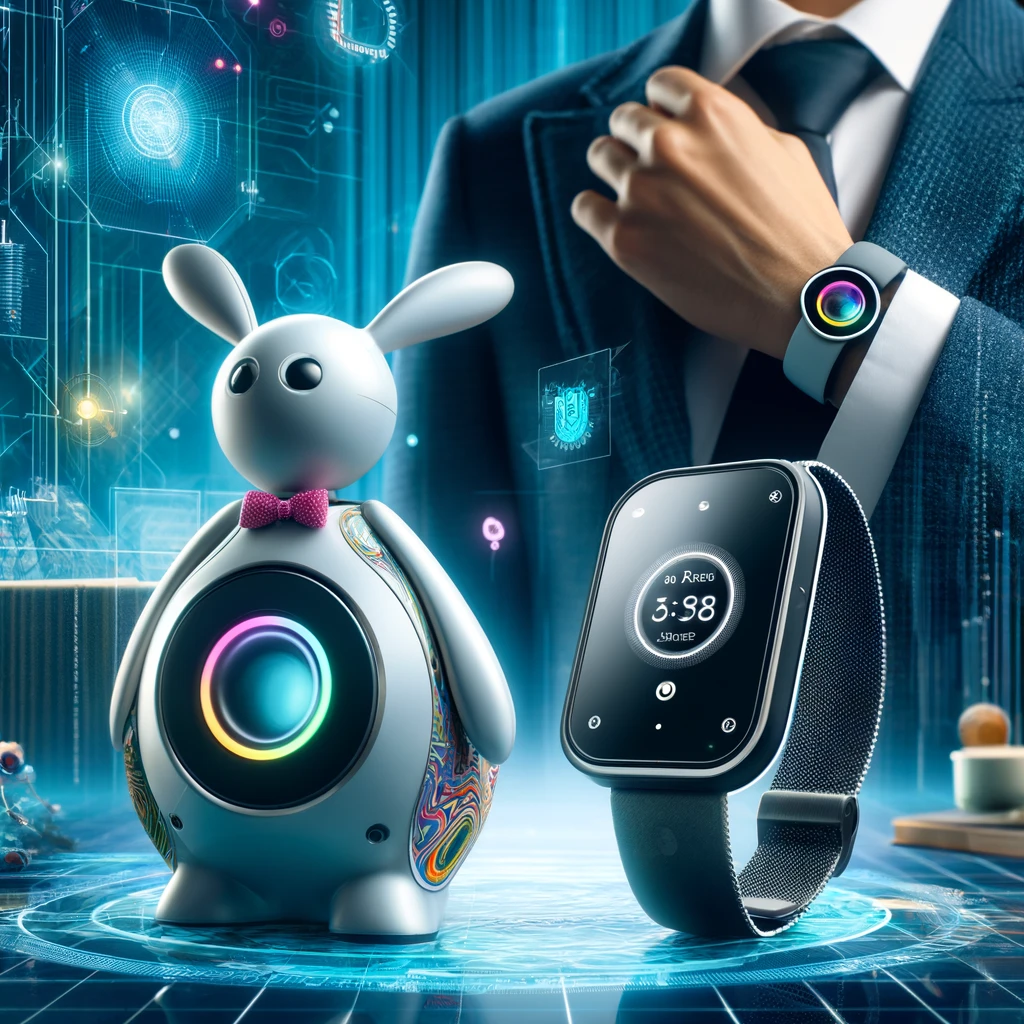Navigating Challenges and Cultivating a Culture of Innovation

In today's rapidly evolving landscape, driven by relentless technological advancements and changing consumer preferences, innovation stands as the cornerstone of sustained business growth and societal progress. However, fostering an environment that encourages and sustains innovation is a multifaceted challenge, demanding strategic insight and strong leadership.
Why Innovation Is More Critical Than Ever
The importance of innovation cannot be overstated—it is essential for economic growth, maintaining competitive advantage, and enhancing efficiency. Companies face an unprecedented pace of change, making adaptability not just an asset but a necessity for survival. Innovations help address global challenges such as climate change, health crises, and the demands of a socially conscious generation that values sustainability and ethical practices. Furthermore, businesses must continuously innovate to avoid obsolescence in the face of shifting market dynamics and evolving customer expectations, particularly from younger demographics like Gen Z, who crave "cool" and cutting-edge experiences.
Barriers to Innovation
Despite its clear benefits, many organizations struggle to effectively innovate due to several barriers:
- Cultural Resistance: A fear of failure pervades many corporate cultures, deterring the kind of experimentation necessary for breakthroughs.
- Resource Constraints: Innovation often requires significant investment in time, personnel, and capital—resources that are frequently in short supply.
- Lack of Strategy: Without a cohesive innovation strategy, efforts can become scattered and ineffective, misaligned with broader business objectives.
- Regulatory and Market Constraints: Compliance requirements can restrict innovation activities, particularly in heavily regulated industries.
- Visionary Leadership Deficit: Leadership that lacks commitment to an innovative culture can suppress creativity and impede innovation initiatives.
Building an Innovation-Driven Culture
Creating a culture that genuinely fosters innovation involves several key components:
- Encouraging Experimentation: Companies need to allow employees the freedom to explore and fail without fear of repercussion.
- Provision of Resources: Dedication of budget, time, and tools for innovation is crucial.
- Fostering Collaboration: Encouraging interaction across departments and with external partners can spark new ideas and approaches.
- Leadership Involvement: Leaders must not only support innovation initiatives but actively participate in them.
- Recognition and Rewards: Acknowledging and rewarding innovation efforts encourages ongoing creative risk-taking.
Organizations can also enhance their innovative capabilities by providing training that emphasizes thinking towards the future, adapting to new mindsets, and understanding risk tolerance.
Leading Innovators and Their Practices
Several organizations exemplify successful innovation strategies:
-
Google: Known for its "20% time" policy, Google encourages its employees to spend one day a week on side projects, fostering a robust culture of creativity that has led to significant product developments.
-
3M: Renowned for its innovation, 3M has created thousands of products, including the ubiquitous Post-it Notes, through a culture that nurtures and rewards creativity.
-
Samsung: Beyond smartphones, Samsung has innovated across its entire device ecosystem, integrating products to create seamless user experiences.
-
DBS Bank: Recognized for its digital transformation journey, DBS has embraced innovation to become a leading global bank, focusing on customer-centric solutions.
-
Microsoft: Under Satya Nadella's leadership, Microsoft has adopted an open ecosystem approach, focusing on partnerships and meeting unmet needs, such as its recent ventures into Generative AI.
In conclusion, while the challenges to fostering an innovative environment are considerable, the organizations that succeed in overcoming these obstacles often set new standards in their industries and achieve sustained growth and relevance in an ever-changing world. Organizations must thus view innovation not as an optional extra but as a fundamental necessity.

